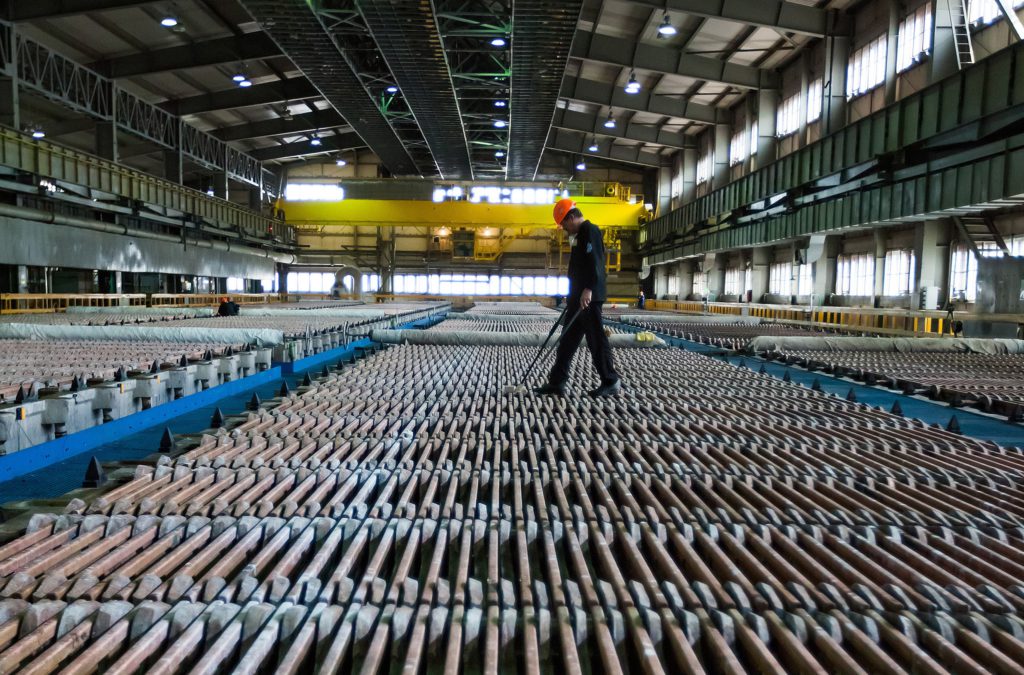
Shrinking copper demand in Europe due to a manufacturing recession caused by the energy crisis will dominate market sentiment for some time with prices likely to retreat towards two-year lows early next year.
Copper prices typically react to the ebb and flow of demand in China, which accounts for half of global consumption estimated at around 25 million tonnes this year.
But this time the focus is on Europe, accounting for 15% to 20% of the global demand for copper used in power and construction.
The region is facing surging gas and power prices after energy supply cuts, which Russia blames on Western sanctions over the Ukraine conflict. The European Union has made proposals to impose mandatory targets on member countries to cut power consumption.
“It would be rare to see an outright decline in demand, but I think that’s what we are going to see in Europe over the next 3-6 months,” said Citi analyst Max Layton.
“There will be a very substantial seasonal surplus between December and March, the combination of which is going to bring copper down to $6,600.”
Benchmark copper prices on the London Metal Exchange (LME) fell to $6 955/t in July, the lowest since November 2020 when Covid lockdowns hit manufacturing activity around the world.
Weak copper demand means surpluses.
Macquarie analysts expect a copper market surplus of 691 000 t in 2023 from a 162 000 t deficit this year. They expect global refined copper production at more than 26 million tonnes in 2023.
“The economic outlook ex-China has worsened, particularly in Europe due to the ongoing energy crisis,” said Macquarie analyst Marcus Garvey.
“We do not think China will be able to offset the slowdown elsewhere. Inventories will build next year, but how much will be visible is difficult to say.”
Copper stocks in LME and CME Group registered warehouses and in those monitored by the Shanghai Futures Exchange are visible and total around 189 000 t.
Low stocks in exchange warehouses have supported copper prices, while worries about supplies on the LME have also created a hefty premium for the cash over the three-month contract.
Invisible inventories include those held by producers, traders and state stockpiles such as those held by China.
Modeling by Citi analysts shows invisible stocks outside China could total around 500 000 t.
“We see an adequate inventory buffer to bridge the gap between now and a more pronounced demand slowdown as a potential recession in Europe plays out over the winter months,” Layton said.
(By Pratima Desai; Editing by Jane Merriman)
Comments